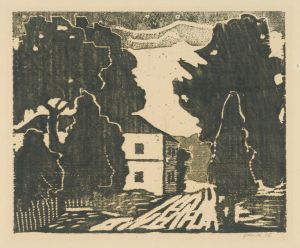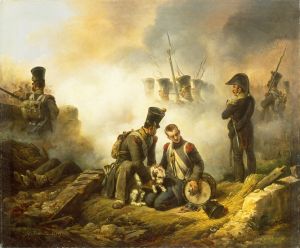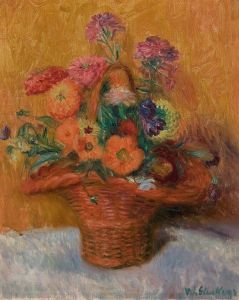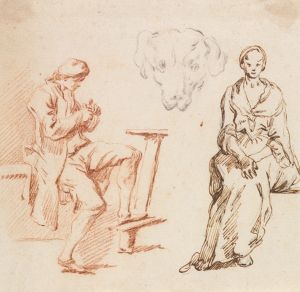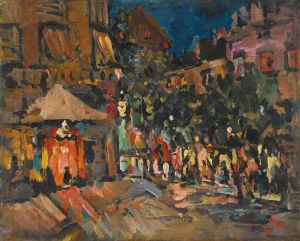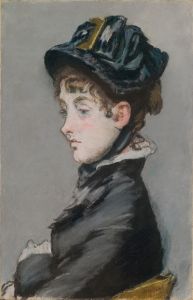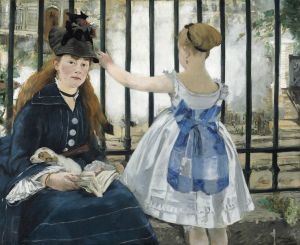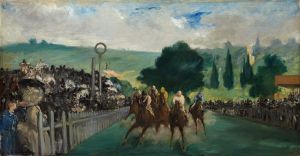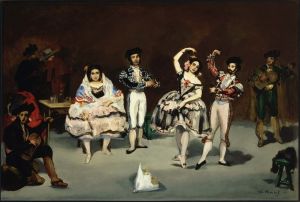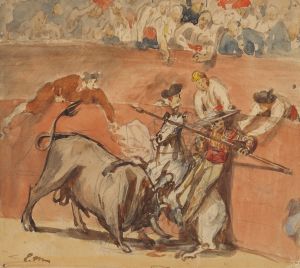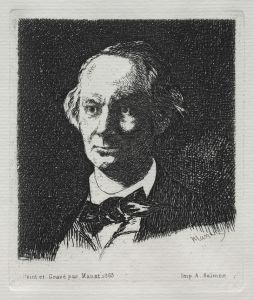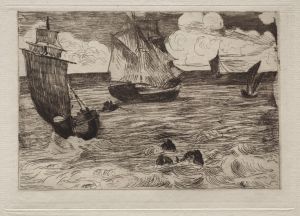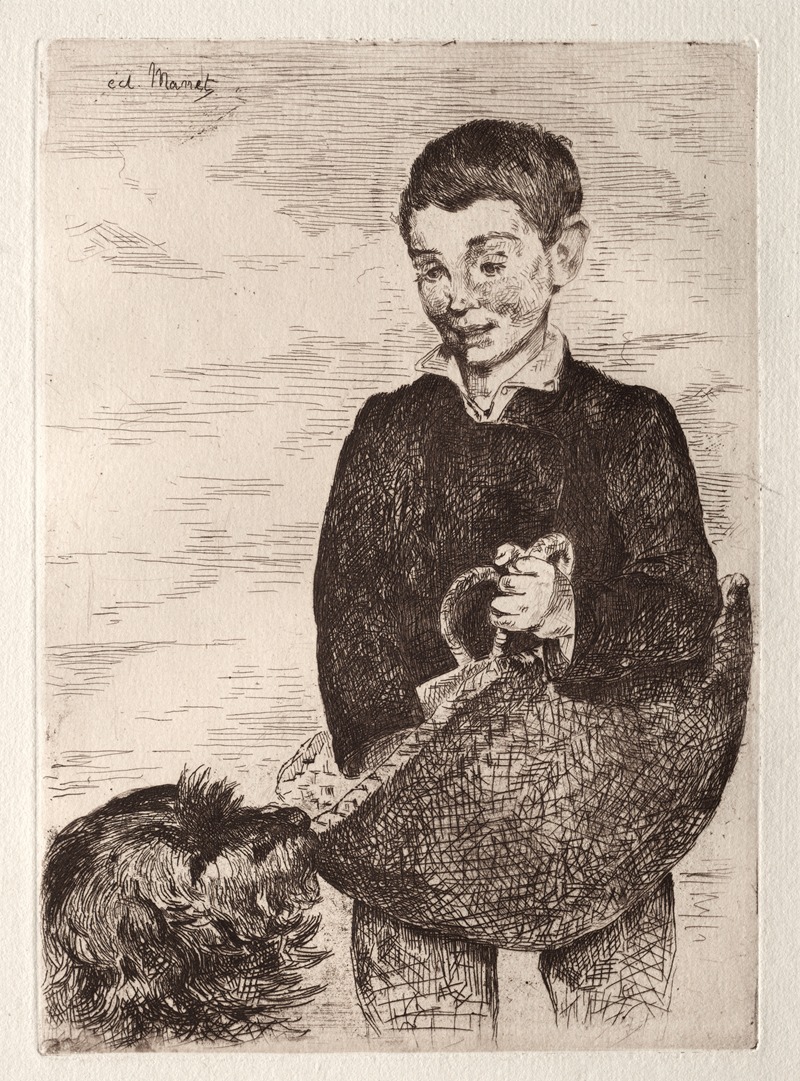
Le gamin au chien, avec le cabas
A hand-painted replica of Édouard Manet’s masterpiece Le gamin au chien, avec le cabas, meticulously crafted by professional artists to capture the true essence of the original. Each piece is created with museum-quality canvas and rare mineral pigments, carefully painted by experienced artists with delicate brushstrokes and rich, layered colors to perfectly recreate the texture of the original artwork. Unlike machine-printed reproductions, this hand-painted version brings the painting to life, infused with the artist’s emotions and skill in every stroke. Whether for personal collection or home decoration, it instantly elevates the artistic atmosphere of any space.
Édouard Manet, a pivotal figure in the transition from Realism to Impressionism, painted "Le gamin au chien, avec le cabas" (The Boy with a Dog, with the Basket) during his prolific career in the 19th century. Manet is renowned for his innovative approach to modern life subjects and his bold brushwork, which often stirred controversy and admiration in equal measure. However, specific details about "Le gamin au chien, avec le cabas" are scarce, as it is not one of his most extensively documented works.
Manet's oeuvre frequently depicted scenes of contemporary Parisian life, capturing the essence of the modern city and its inhabitants. His works often featured ordinary people, such as musicians, beggars, and street urchins, reflecting his interest in the diversity of urban life. This painting, which includes a young boy and a dog, aligns with Manet's thematic focus on everyday subjects, presenting a snapshot of life that is both intimate and universal.
The composition likely showcases Manet's characteristic style, which combines loose brushwork with a keen eye for capturing the immediacy of a moment. His technique often involved a direct application of paint, with visible brushstrokes that contribute to the dynamic quality of his paintings. This approach was part of what set Manet apart from his contemporaries and influenced the Impressionists who followed him.
In "Le gamin au chien, avec le cabas," the presence of the dog and the basket may suggest a narrative or a moment of interaction between the boy and his surroundings. Dogs were a recurring motif in Manet's work, symbolizing loyalty, companionship, or simply serving as a familiar element in the urban landscape. The inclusion of a basket might imply a task or errand, adding a layer of storytelling to the scene.
Manet's ability to capture the essence of his subjects with minimal detail is a hallmark of his work. His paintings often convey a sense of immediacy and spontaneity, inviting viewers to engage with the scene as if they were witnessing it firsthand. This quality is likely present in "Le gamin au chien, avec le cabas," where the interaction between the boy and the dog could evoke a sense of curiosity or empathy from the audience.
While specific information about the painting's provenance, exhibition history, or critical reception is not readily available, it can be appreciated within the broader context of Manet's artistic contributions. His work laid the groundwork for the Impressionist movement, challenging traditional artistic conventions and paving the way for new explorations of light, color, and subject matter.
In summary, "Le gamin au chien, avec le cabas" exemplifies Édouard Manet's innovative approach to painting, focusing on everyday subjects with a modern sensibility. Although detailed information about this particular work is limited, it remains a testament to Manet's enduring influence on the art world and his ability to capture the vibrancy of 19th-century life.





